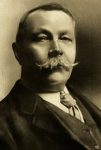In 1909 Conan Doyle, fueled by “burning indignation, which is the best of all driving power”, wrote The Crime of the Congo in only eight days.
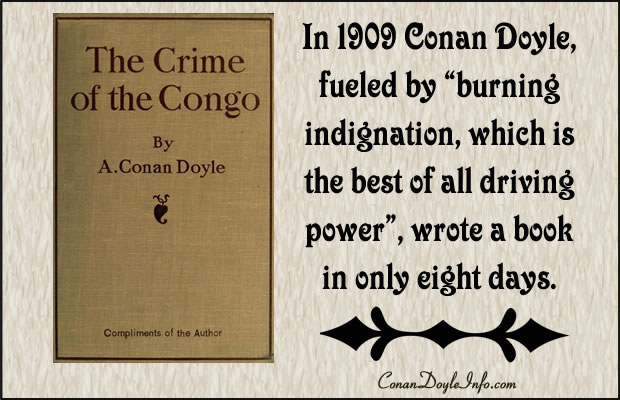
The Crime of the Congo by Arthur Conan Doyle
Last Updated on February 7, 2025 – Originally Published May 18, 2015
In 1909 Arthur Conan Doyle, fueled by “burning indignation, which is the best of all driving power”, wrote a book in only eight days.
The Crime of the Congo is filled with graphic descriptions of violence and illustrated with photos of mutilated people, dealt with the atrocities committed in the Belgian Congo on behalf of King Leopold II.
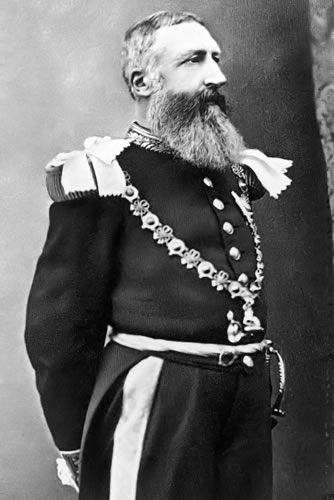
Leopold II of Belgium
Leopold II ascended to the throne of Belgium in 1865 at the age of 30. As he compared Belgium to other European countries he noted that several of them had colonies while Belgium did not.
In public forums, colonization was presented as a movement to bring religion and civilization to the “dark continent” and other undeveloped regions.
However, Leopold noticed that these colonies were rich in natural resources. Why shouldn’t Belgium have a colony to increase its prestige as well as its pocketbook?
When Leopold read of the African adventures of Henry Morton Stanley he saw an opportunity to make his dreams come true.
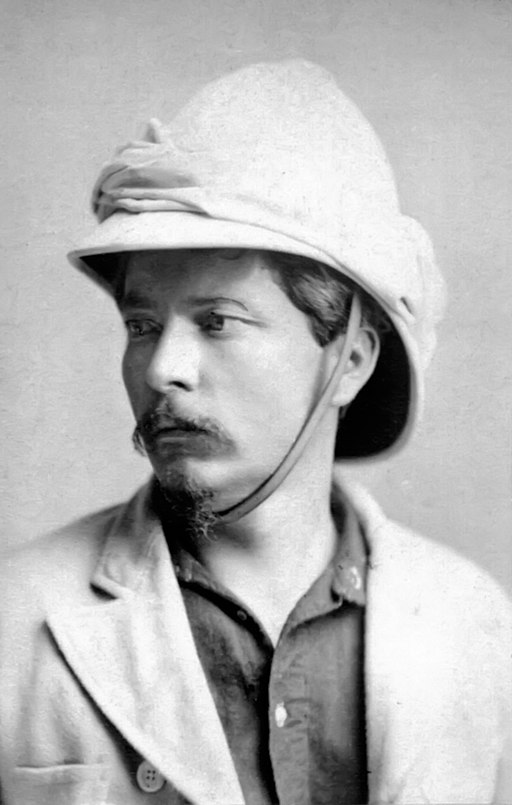
Henry Morton Stanley in 1872
In 1878 Leopold hired Stanley (who allegedly voiced the famous phrase, “Dr. Livingstone, I presume?”) for a large undertaking.
Leopold wanted the Congo. It was Stanley’s job to get it.
From 1879 to 1884 Stanley negotiated agreements with native chieftains that gave Belgium and King Leopold power over their regions.
Obviously the chieftains didn’t understand the intent of the documents. While they were familiar with friendship treaties, the concept of signing away tribal lands was unfathomable.
In 1885 the Congress of Berlin gave Leopold administrative powers over the Congo. Leopold assured the world community that he would bring civilization to the area.
What Leopold really brought the area was death and suffering.
Leopold was interested in the Congo’s natural resources. He used the native population as forced labor to acquire those resources.
The human toll under Leopold’s administration was staggering. People who resisted were beaten, tortured, mutilated or killed. Writer Algis Valiunas described the situation as “wickedness triumphant”.
Word of the violent crimes occurring in the Congo began to leak out. In 1904 Edmund Dene Morel and Roger Casement founded the Congo Reform Association. The movement was formed to aid the people of the Congo by drawing attention to their plight.
Interesting Fact – Edmund Dene Morel and Roger Casement were the founders of the Congo Reform Association. They were also the inspiration for the characters of Edward Malone and Lord John Roxton of The Lost World.
Because of the Congo reform movement, Leopold was forced to turn the administration of the Congo over to the Belgian government in 1908.
Sadly, the new administration did not bring much relief to the people of the Congo.
After meeting Morel in 1909 Conan Doyle was inspired to write The Crime of the Congo.
Conan Doyle didn’t stop there. He contacted newspapers and appealed to world leaders including Theodore Roosevelt and Kaiser Wilhelm II. Then he went on a three-month lecture tour on the subject.
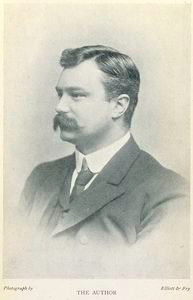
Edmund Dene Morel
The situation in the Congo gradually improved. However, the region, today known as the Democratic Republic of the Congo, is still haunted by the legacy of its violent past.
“There are times, young fellah, when every one of us must make a stand for human right and justice, or you never feel clean again.” Lord John Roxton in The Lost World by Sir Arthur Conan Doyle
Important Dates
700’s A.D. – Advanced civilizations developed in what is now the Congo.
1482 – Diogo Cão, a Portuguese navigator, became the first European to visit the Congo.
1885 – King Leopold II of Belgium took control of the area and named it the Congo Free State.
1904 – The Congo Reform Association was founded.
1908 – The Belgian government took control of the Congo Free State. The country is renamed the Belgian Congo.
1960 – The Belgian Congo gained independence from Belgium. The country is renamed Congo.
1971 – The country changed its name to Zaire.
1997 – Rebels led by Laurent Kabila overthrew President Mobutu and renamed the country the Democratic Republic of the Congo.

